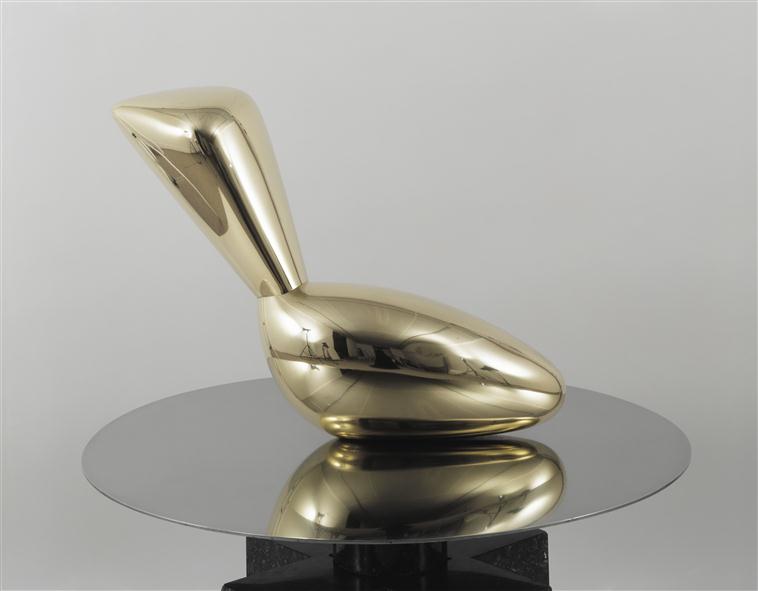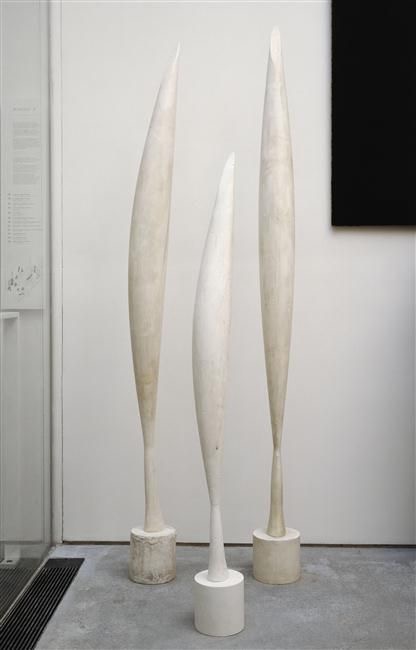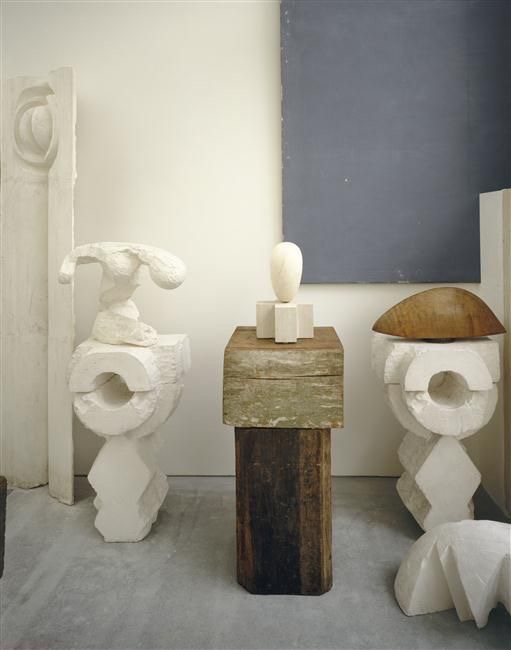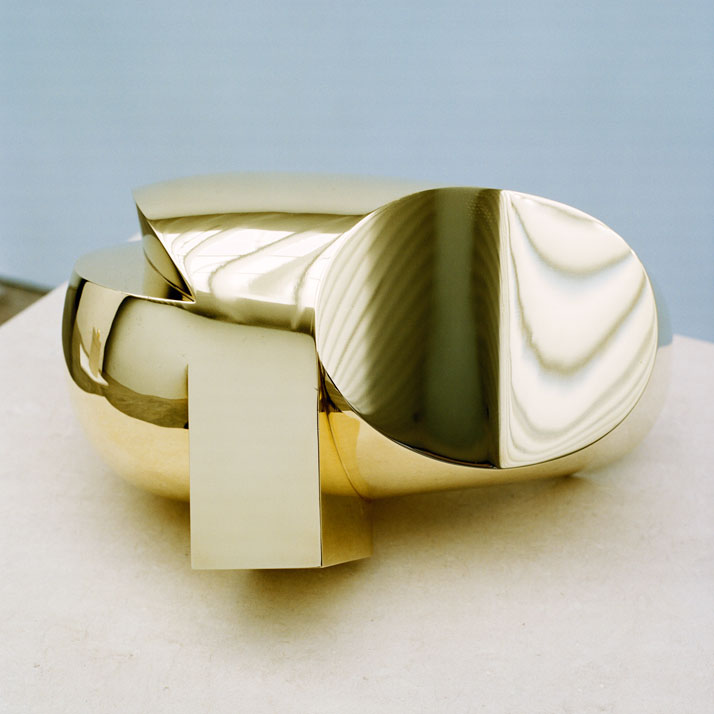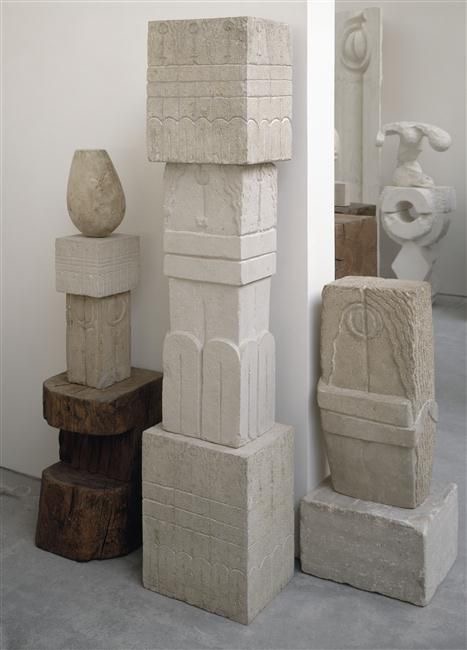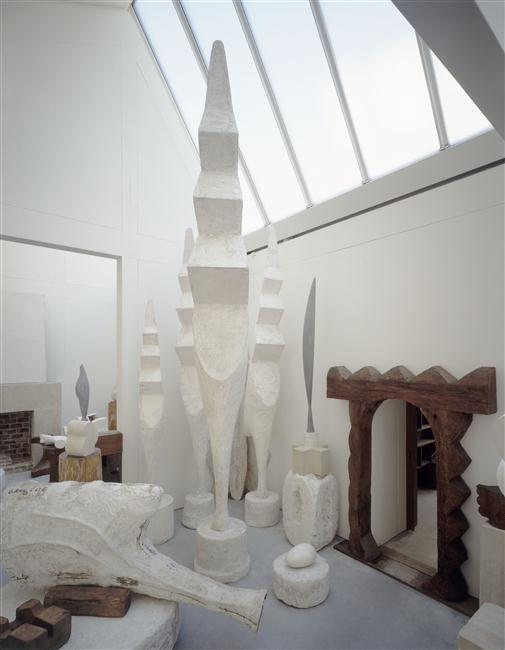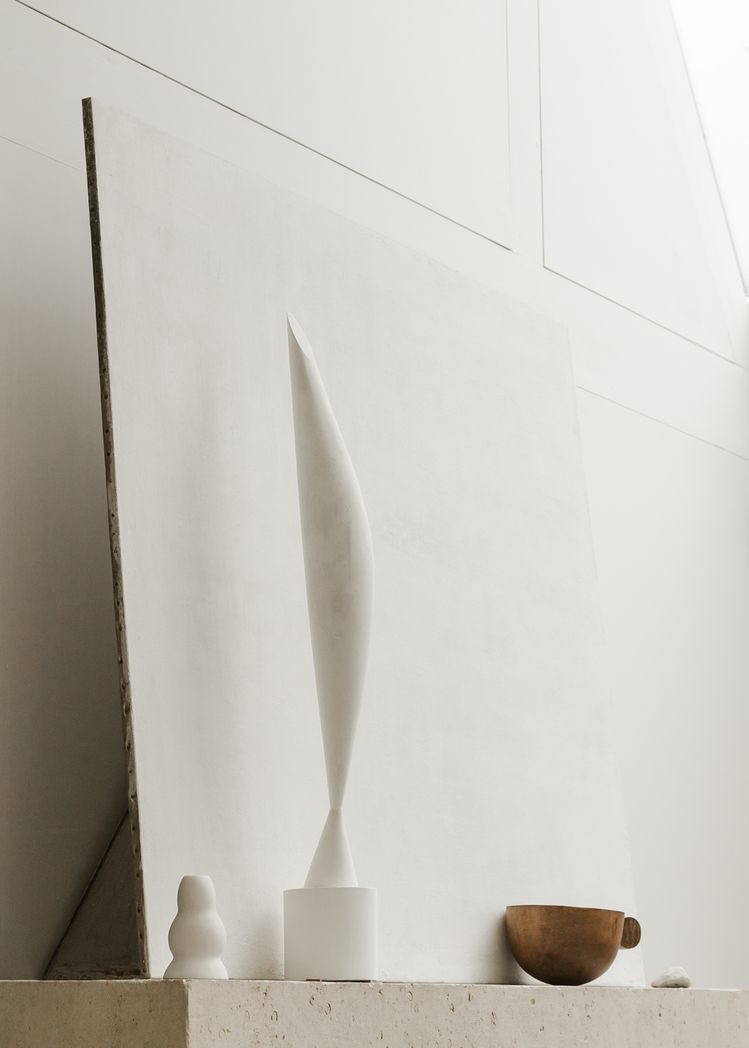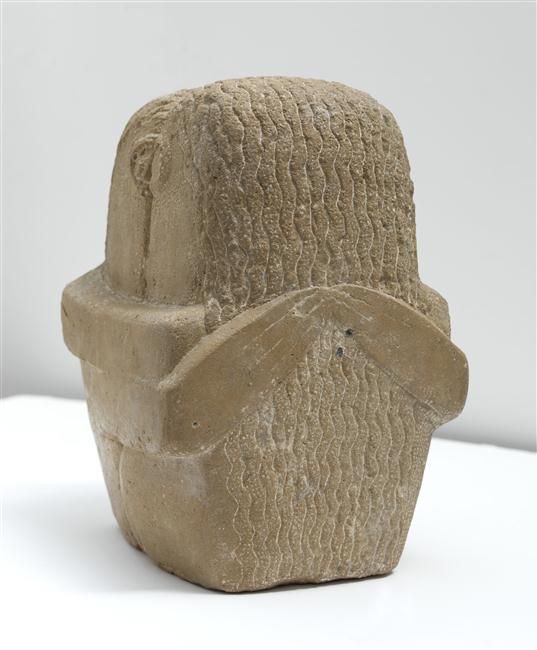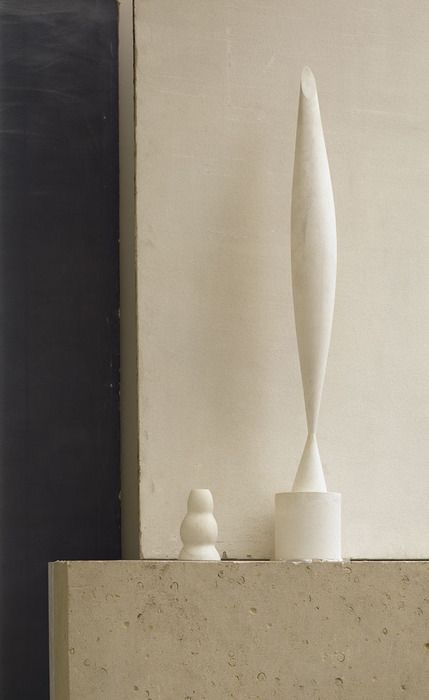Every year I try to humbly honour Brancusi’s work with a few words. The 19th of every February is marked by his anniversary: the birth of Romanian-born sculptor, painter and photographer Constantin Brâncuși (February 19, 1876 – March 16, 1957).
You can see last’s year and the year before.
Brancusi’s studio is my only place of refuge here in Paris, the calmness it exudes can be found nowhere else. If you have already been there, you know as well the feeling, and if you haven’t had the occasion, now is a good time to do something new in Paris.
Going through the research archives on Brancusi, I found an essay called Recollections of Brâncuși by Eugène Ionesco, one of the 20th century’s greatest avant-garde theatre writers, who wrote:
“I knew that he was a cantankerous old person, not easy to deal with, always grousing, a sort of wild man, almost. Dealers or collectors who came to call in the hope of buying one of his sculptures would be insulted and driven from the door, it seemed. But as Brâncuși could not live entirely alone there were just a few privileged friends, women as well as men, whom he would welcome and make much of. They it was who were invited to share in his at once primitive and fastidious meals―meals at which the menu might well include an extraordinary yoghourt prepared by Brâncuși himself, some cabbage (raw, and bitter to the taste), some salted cucumbers, polenta, and champagne. Sometimes, after the dessert, if he was in a particularly good humour, Brâncuși would give a demonstration of the danse du ventre, while his lady-guests sipped their Turkish coffee.” (The London Magazine)
There is a playlist with songs from Brancusi’s record collection, selected by Paulina Pobocha and Mia Matthias, for the exhibition at the Museum of Modern Art back in 2019. (Listen to it here.)
“He had the latest model of vacuum cleaner, but whenever a woman was among his visitors he asked her to sweep the studio with a real broom. He had the telephone, on the table beside his bed, and he had a bagful of pebbles. When he got too bored and wanted to talk to his neighbour he took a handful of the pebbles, opened the door and threw them, by way of summons, at Istrati’s front door. It never entered his head to telephone.” (The London Magazine / Original translation by John Russell, April, 1961)
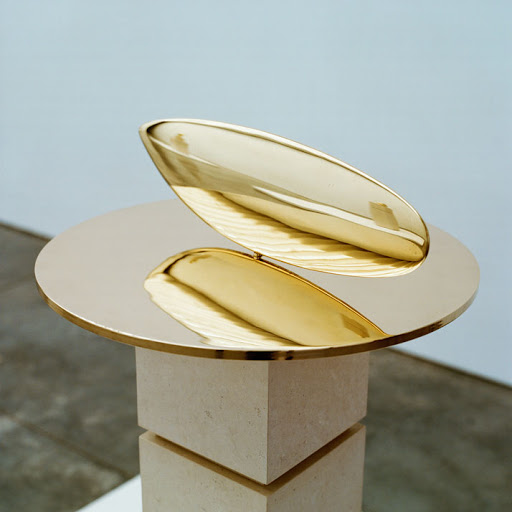
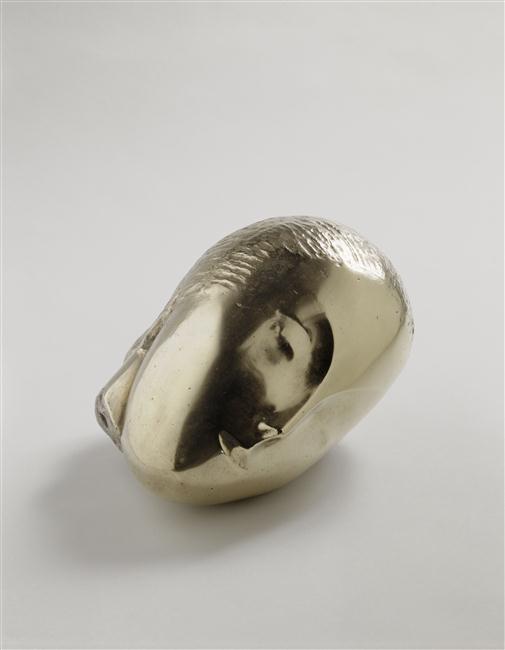
Some months ago I came across a page from a book called Life of Picasso: The Triumphant Years 1917-1932 written by John Richardson and in the chapter Annus Mirabilis I, there is another story that showed another trait of his personality:
“Difficult and mistrustful to a paranoiac degree, Brancusi had never liked Picasso. For invading the sacrosanct field of sculpture, he disliked him even more. Their relationship had got off a bad start. Circa 1908, Picasso had invited Brancusi to visit his studio at a certain time on a certain day. The sculptor had showed up, but finding nobody at home left a note. The next day, an embarrassed Picasso knocked on Brancusi’s door. Asked to identify himself, he did. ‘I don’t know you, sir,’ Brancusi said and slammed the door in his visitor’s face.”
He may have had an unpleasant and unsubtle personality, but when it came to his work, everyone praised him:
Romanian-French playwright Eugène Ionescu wrote: “His work, which was at once fastidious and of a complete simplicity, was the expression of thought-structures, where art and philosophy were concerned, which were in the highest degree lucid, elaborated and profound. The creative vision which underlies his art was highly intellectualised. And yet it was creative, above all things.”
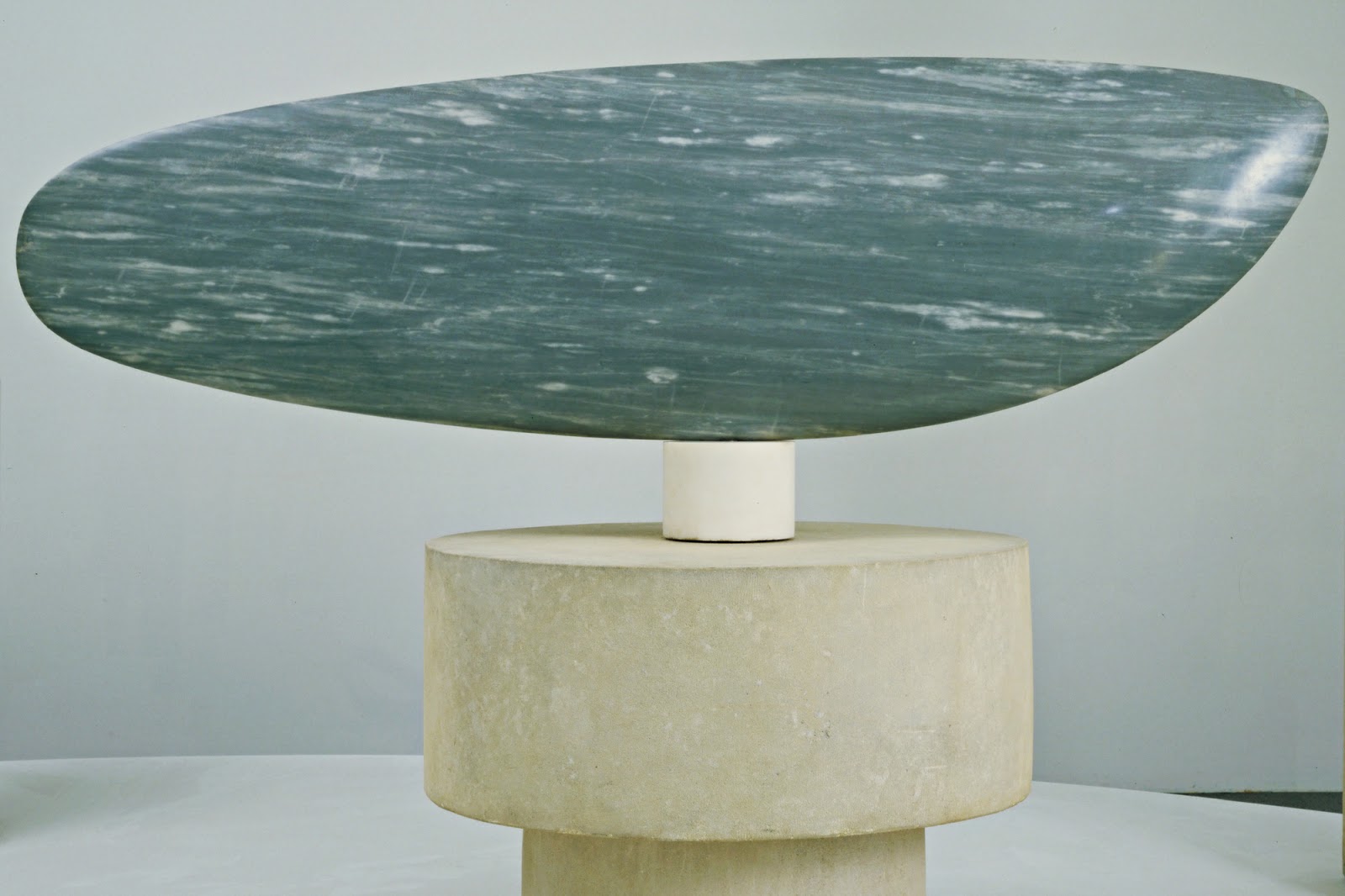
“He was infinitely more cultivated than the men of letters, the ‘thinkers’, the nonentities who claim for themselves the title of simple or complicated, that they take for the truth, or the production of their own unaided minds. Brâncuși could out-master any Master of Arts. He knew entire [the] history of sculpture, mastered it, gone beyond it, rejected it, come back to it, purified it, reinvented it. He had got down to its essence.” (The London Magazine)
And in the chapter Annus Mirabilis I, there is a section that I like so much: “Brancusi was a perfectionist who took every work as far as it could be taken―technically, stylistically and philosophically. No one ever succeeded in beating him at his own game. Given his belief that art should be profoundly serene and joyful, Brancusi was anything but an admirer of Picasso or his work.” (Life of Picasso: The Triumphant Years 1917-1932)
